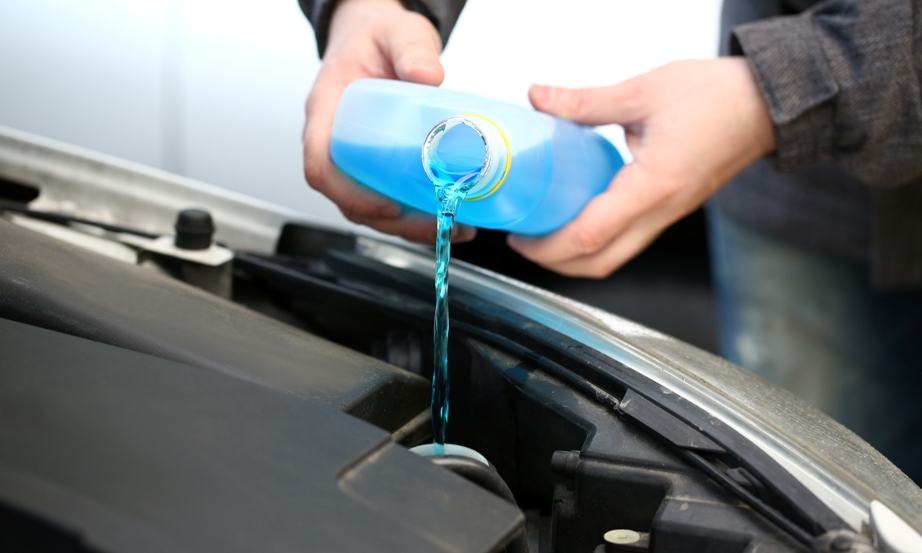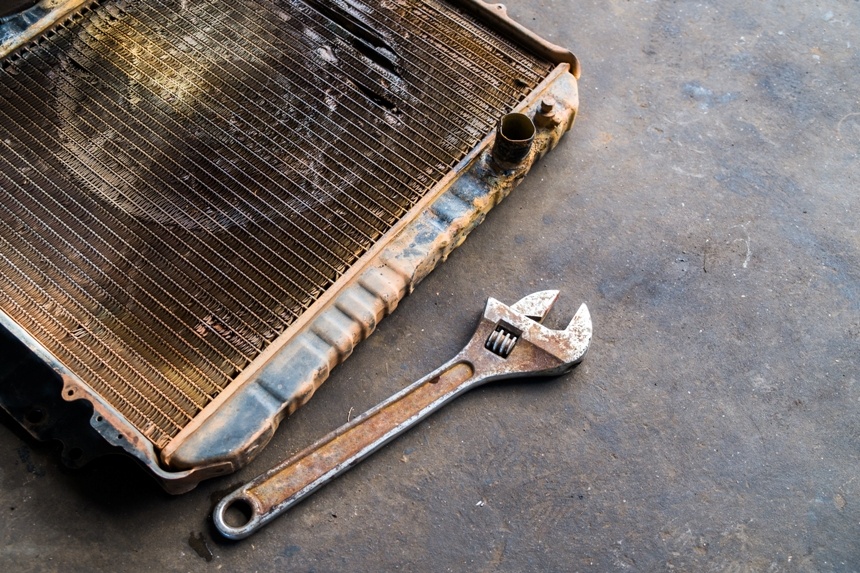Radiator Replacement Cost – Contemporary internal combustion engine cooling is one of the world’s current engineering marvels. While an engine’s cooling system was originally conceived as a method to extend vehicle operating time by essentially dissipating excessive heat from the engine. Nowadays though, a properly developed engine cooling system is capable of bringing an engine up to operating temperature quickly, maintain it at its peak efficiency.
A popular misconception is the notion that an engine is better off running cool than hot. While that keeps your engine running, it’s not exactly what one calls efficient. With emissions becoming increasingly stringent, an engine should be at just the right temperature for optimal efficiency.
What keeps the coolant circulating throughout your entire engine is the coolant pump, but what actually cools the coolant is the radiator. Somewhat akin to a house heating radiator, a radiator for your engine exchanges heat with its surroundings. Quite astonishingly, a well-designed high-performance radiator can efficaciously quell coolant temperature in engines that runs hard for hours at a time.
If you’re looking to save on your radiator replacement cost, it’d be important for you to understand how a radiator works beforehand. This will help you troubleshoot engine cooling debacles, concurrently saving you from a potentially flawed diagnosis that necessitates a complete radiator replacement. Obviously, a radiator is an all-mechanical component that can predominantly be located at the front of your vehicle. At its core, the radiator has a multitude of hollow channels surrounded by paper-fine fins. It’s capped off at each end by radiator tanks, which have flow paths leading off towards different directions.
What makes the radiator so efficient are those numerous heat fins that facilitate rapid heat exchange between the coolant and ambient air – convection. Also due to this, there’s no need for your radiator to physically pump coolant throughout. Cold coolant is denser than hot coolant, so chilled coolant naturally flows downwards to be recirculated again. At the back of the radiator is a radiator fan, which forces air to flow through whenever air movement is insufficient.
There are two types of radiators in the market nowadays. There’s the down-flow radiator and cross-flow radiator. One flows from above to below, while the latter goes from one side to the other side. The application is really more towards specific car application and design, as the advantages in cooling on either is quite negligible. Typically, cross-flow radiators are more expensive, as they’re designed to be used in premium cars that need the lower, wider structure to preserve sleek and sporty lines.
Because the radiator has such a simple and brilliant construction, it’s scarcely the cause of your cooling woes. However, when a radiator leaks it can swiftly pin your coolant gauge needle to the red. If you’re smelling something sweet and asphyxiating coming through your climate control vents, it’s a significant indicator that your car is leaking coolant. The big question is whether if it’s your radiator leaking or not. A leaking coolant sounds simple to diagnose, but it could be such a subtle leak that only surfaces at excessive coolant pressure.
If you’ve pinpointed the leak to your radiator, ascertain where exactly the coolant is leaking out of. A pressure tester is irreplaceable here. What commonly occurs are big cracks at the radiator tanks, as those are commonly plastic and sustains extended high-temperature operation. These plastic tanks are generally crimped onto the radiator core and thus are separately replaceable by a competent radiator serviceman, in which case it may be more affordable. Aftermarket performance radiators often have welded metal tanks though.

If you have a car with an ATF cooler, then your radiator may be leaking coolant without you even knowing. Some manufacturers integrate the ATF cooler into the car’s primary coolant radiator, and when the built-in ATF cooler cracks coolant can begin to leak into the ATF system. This can really wreak havoc in your automatic transmission, other than potentially resulting in an overheat. Coolant and automatic transmissions are miscible, and the results are catastrophic transmission failure. If you feel your transmission slipping, stop and take a gander at your ATF dipstick, see whether if it’s milky. Catch this problem in time, and you may get away with just a radiator replacement and ATF system flush. Major savings on your radiator replacement cost.
In lieu of a big crack with coolant spewing out of it, you may also have a hairline, barely noticeable crack. A controversial solution to this is to rely on a radiator stop leak product. You might’ve heard of the classic method of adding an egg to a leaky radiator. What you do is crack an egg into the radiator, and heat from the coolant will cook the egg, and the egg white will cork up the leak. What a stop leak product does is essentially that, but it’s designed specifically to harden and plug up leaks. This is a stopgap measure at best, but it might just be good enough for a cheap runaround. It’s also invaluable in an emergency when you need to get to the shop though.
Admittedly, there really isn’t much you can do to really save on your radiator replacement cost. What you can attempt though is to carry the job out yourself. It’s model-dependent, but a radiator replacement isn’t all too difficult. You just have to prepare sufficient coolant to refill your system and remember to bleed it afterward.
Here’s the truth, if you want to avoid issues with your cooling system, frequent monitoring of your coolant level and regular maintenance is crucial. Depending on the coolant used, manufacturers may recommend intervals between 30,000 miles to 100,000 miles, over a time period of 2-3 years upwards to 10 (!) years. Adhere to this schedule, but as the saying goes be earlier rather than later. It’s also imperative that you use the proper recommended mixture of antifreeze to distilled water otherwise you’re causing more harm than good. Excessive water content leads to boils and corrosion, while too much antifreeze means that your cooling system won’t function at all. Typically, a 50/50 mix is recommended, but it varies due to climate.
Regular cooling system upkeep will save you money in the long run. More importantly, it’ll save you from that phone call you have to make when you’re stranded on the roadside. Never drive an overheating car, as it’ll develop further complications that lead to a hefty bill. Always stock up on spare coolant in your car just in case. If you want to save on radiator replacement cost, prevention is the best measure after all.

